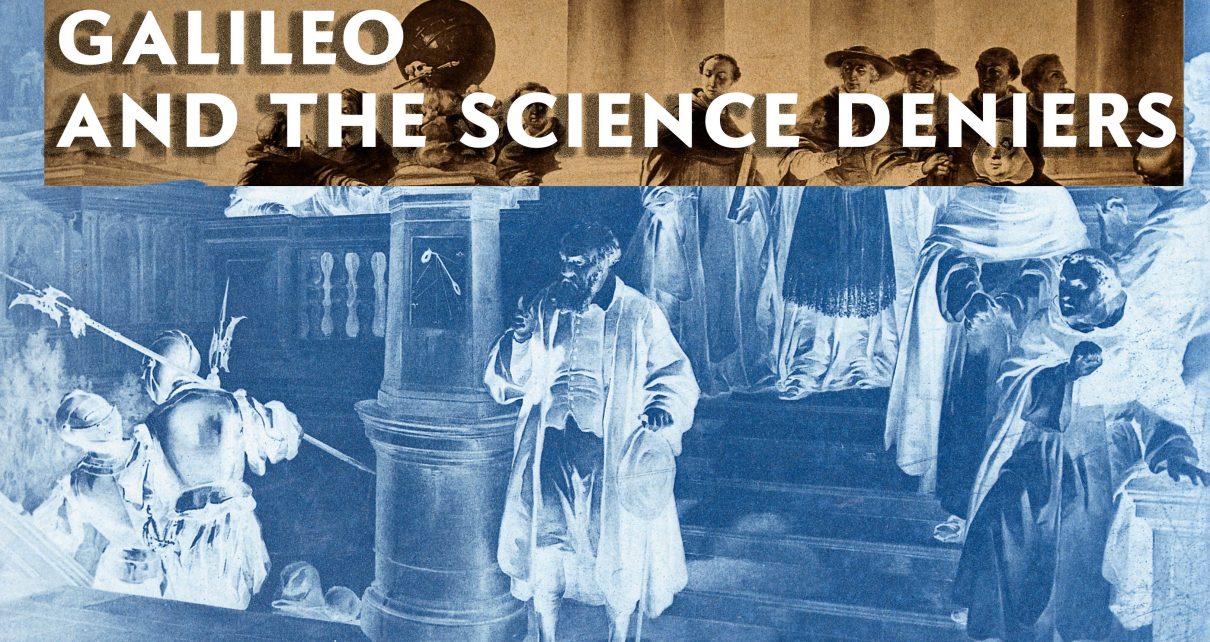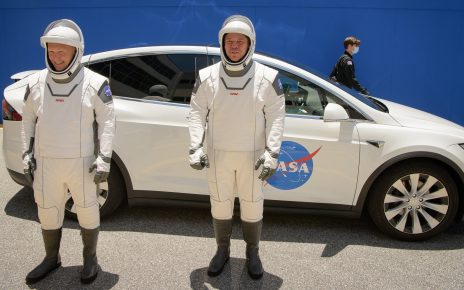Four hundred years ago Galileo Galilei’s scientific findings were rejected because they didn’t fit the prevailing beliefs of the time. His story is disturbingly relevant today. Astrophysicist and author Mario Livio and Scientific American editor Clara Moskowitz to discusses lessons from Galileo’s life for dealing with science deniers now, plus a historical detective story about Galileo’s famous motto, “And yet it moves.”




